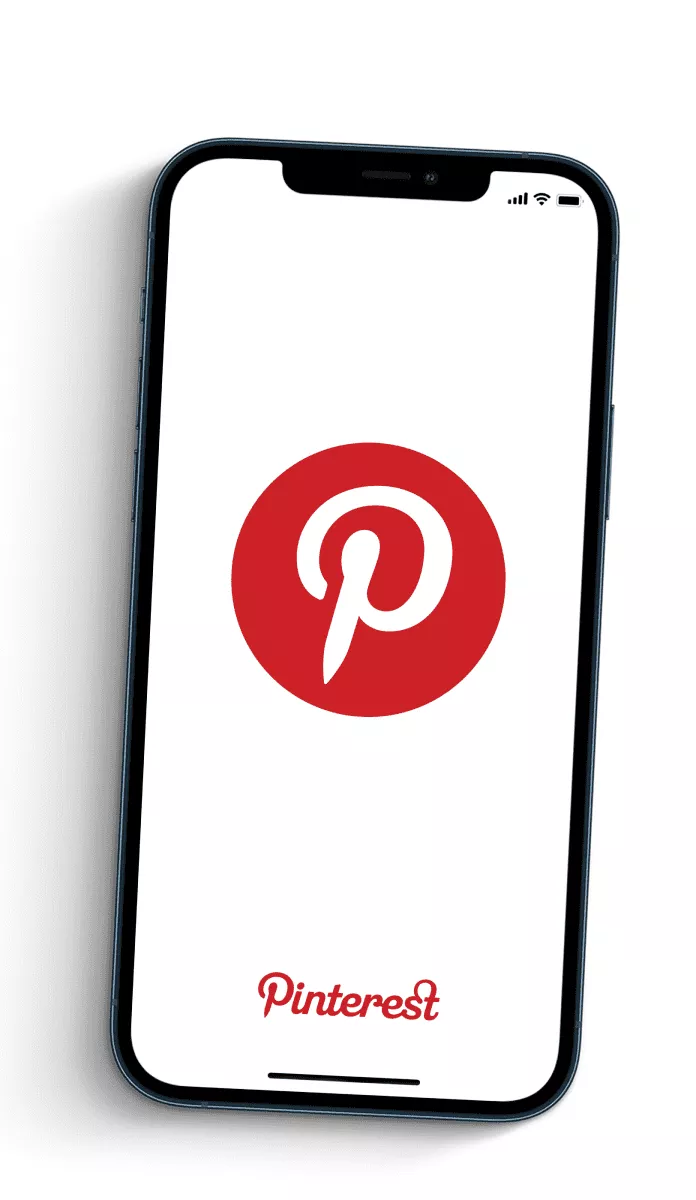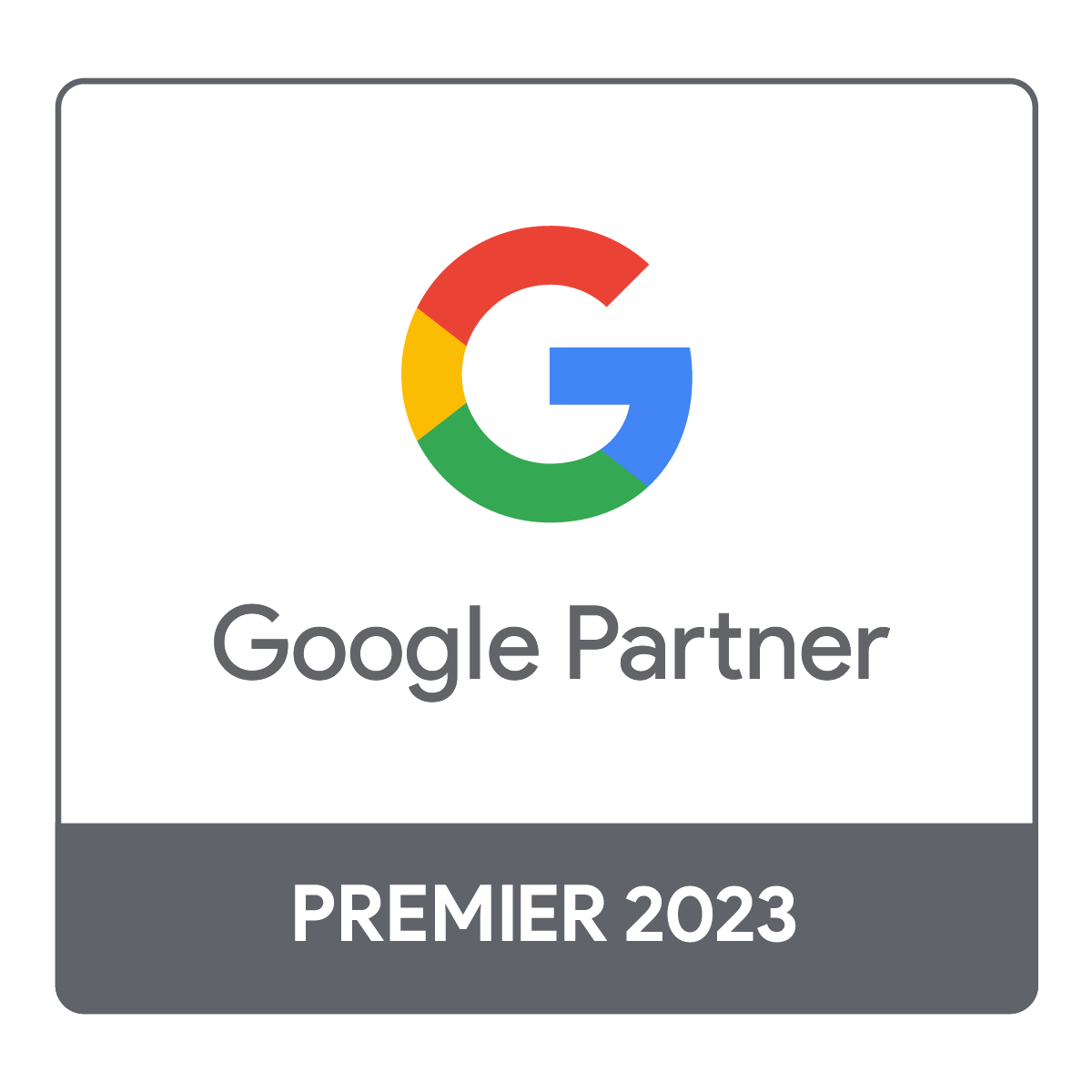Where you might have seen us




Effective advertising on Pinterest means reaching already engaged shoppers looking to spend money

Imagine a platform boasting an impressive 450 million monthly active users, outperforming all its social media rivals in terms of ad spend returns. One might assume advertisers would be flocking to it, right? Surprisingly, that’s not the case!
Many businesses overlook advertising on Pinterest, considering it a platform for bored individuals seeking a little weekend social networking fun. However, this perception couldn’t be more mistaken.
The truth is, Pinterest users are highly engaged and demonstrate remarkable buying behavior. They consider Pinterest to be the most influential platform for making purchasing decisions, being seven times more likely to do so. Moreover, they are 66% more inclined to try out and remain loyal to new brands. Far from idly scrolling, Pinterest users actively seek out new products and brands, using the platform for shopping.
Furthermore, the demographics are equally compelling. Pinterest enjoys the highest density of adult internet users among all social networks, with a significant 35% earning over €75k annually. Notably, 71% of these users are women, who are responsible for a staggering 92% of all pins.
To capitalise on this opportunity, businesses can leverage various effective Pinterest ad formats. These include campaigns focused on brand awareness, driving traffic, increasing conversions, boosting video views, and showcasing shopping catalogs.
So, why hesitate? Take the plunge and start advertising on Pinterest today. By doing so, you can expect impressive results in no time. Call us today for a free proposal.














